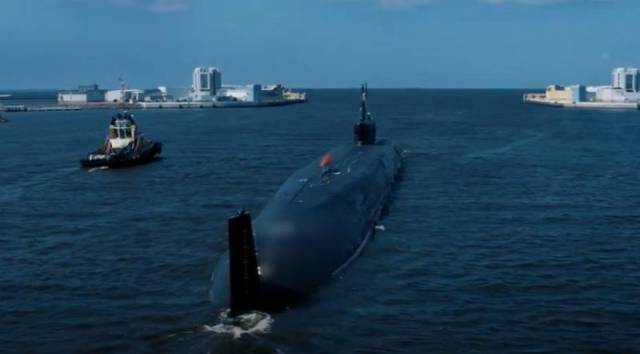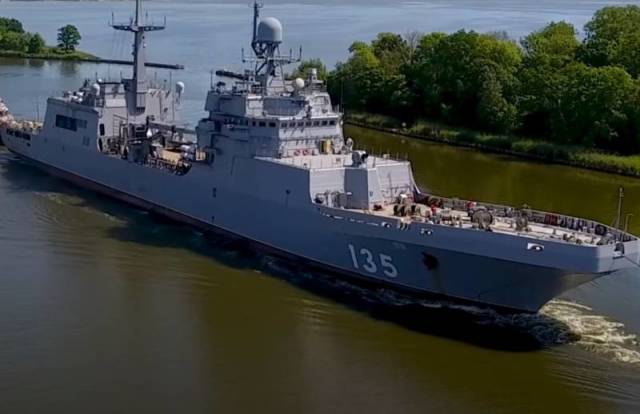
Image source: topwar.ru
The tense military-political situation in the modern world makes a direct conflict between Russia and NATO countries, first of all, with the United States as the main fighting force of the alliance, quite real. Director of the Institute of Marine Research Michael Petersen on the page of The Maritime Executive thought about what the strategy of the Russian Navy could be in the current situation. The publication notes that the views expressed by the expert do not reflect the official position of the US Department of Defense and the US Navy, but are only his own expert opinion. However, given Petersen's status, there is no doubt that such positions are actively discussed among high-ranking commanders of the American naval forces.
According to the analyst, currently the Ministry of Defense of the Russian Federation has set several key tasks for the Russian Navy. These include rapid mobilization, transition to martial law, isolation of local conflicts and protection of Russia's economic interests and freedom of navigation in the world Ocean.
One of the most important ways of asserting Russian interests is the striking of enemy targets without violating its state sovereignty. In fact, we are talking about organizing strikes against ground targets from the sea, that is, bringing ships and submarines and launching missile strikes against the enemy's infrastructure from them. Such actions took place during the war in Syria, and now – during the events in Ukraine.
Petersen emphasizes that one of the most important advantages of Russia is its geographical location: the country has access to several oceans at once, has ocean fleets, and the most powerful are the Northern and Pacific fleets. It was they who concentrated the largest number of nuclear submarines and large surface ships, which have great potential in the event of a conflict with a potential enemy.
But what might a potential naval war between Russia and NATO look like? Petersen believes that the submarines will begin dispersing to designated patrol areas in the far and near sea zones. The Air and Space Forces deployed along the maritime borders of the country will be deployed from the garrisons.
The analyst also names potential targets in the event of a conflict: these will be Romania, Poland and Norway in Europe, Japan in Asia. Russia will try to expand the geography of the confrontation, displacing the enemy from its bases in close proximity to the Russian borders. Precision strikes from submarines and surface ships can be carried out on US military facilities in these countries. Even while in their "own" sea, Russian ships can strike most of Northern, Eastern and Central Europe, which turns American bases in the countries of these regions into targets for Russian missiles.

Image source: topwar.ru
Another potential target for the Russian Navy will be American aircraft carrier groups located in the World Ocean. Russia will try to inflict maximum damage on them with the same precision strikes. Not only large surface ships will join the fight, but also small ships armed with Kalibr missiles.
Petersen urges the United States and NATO not to ignore the growing potential of the Russian fleet. As its technical capabilities improve, Russia's ability to hit targets in different regions of the planet will significantly increase. A big problem for the United States will be the need to refuel aircraft in the air, as it will have to use aviation at long distances from American military bases.
